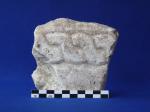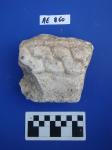
Illustrations
- No uploaded files
Description
- Medieval low relief
- White marble
- 1
- 11.2
- 10.5
- 5.7
- The carved face is lightly discoloured and worn. Chisel marks are visible on the "back" face, which was cut at an angle and burned. One of the sides adjacent to the carved face has a smooth finish.
- The fragment preserves a simple guilloche pattern comprised of two flat-faced bands cut in very low relief. The area below the twisted bands, about 4 cm broad, was brought to a smooth finish.
- Guilloche patterns of various kinds (i.e. comprising flat-faced ribbon-like bands, bisected bands, trisected bands) were among the stock patterns of the period. In his discussion of low relief in Liguria, Paolo Verzone points out that the motif was common in Greece and Central Italy already in the seventh century (Verzone 1945, 161). Early examples in Rome include a band below an eighth-century inscription on an architrave from S. Adriano (Stella Arena, et al. 1994, 483–86, IV.2.a–f).
Record Details
-
VM_4167
- Strato di accumulo di terra e materiale edilizio ubicato nell'intera area a Nord-Ovest della trincea B II.















![Download [view]](/villamagna/ark//skins/villamagna/images/results/download_sml.png)
